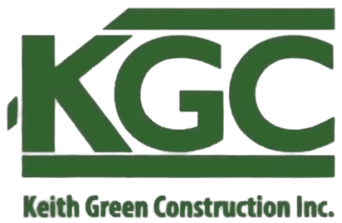-
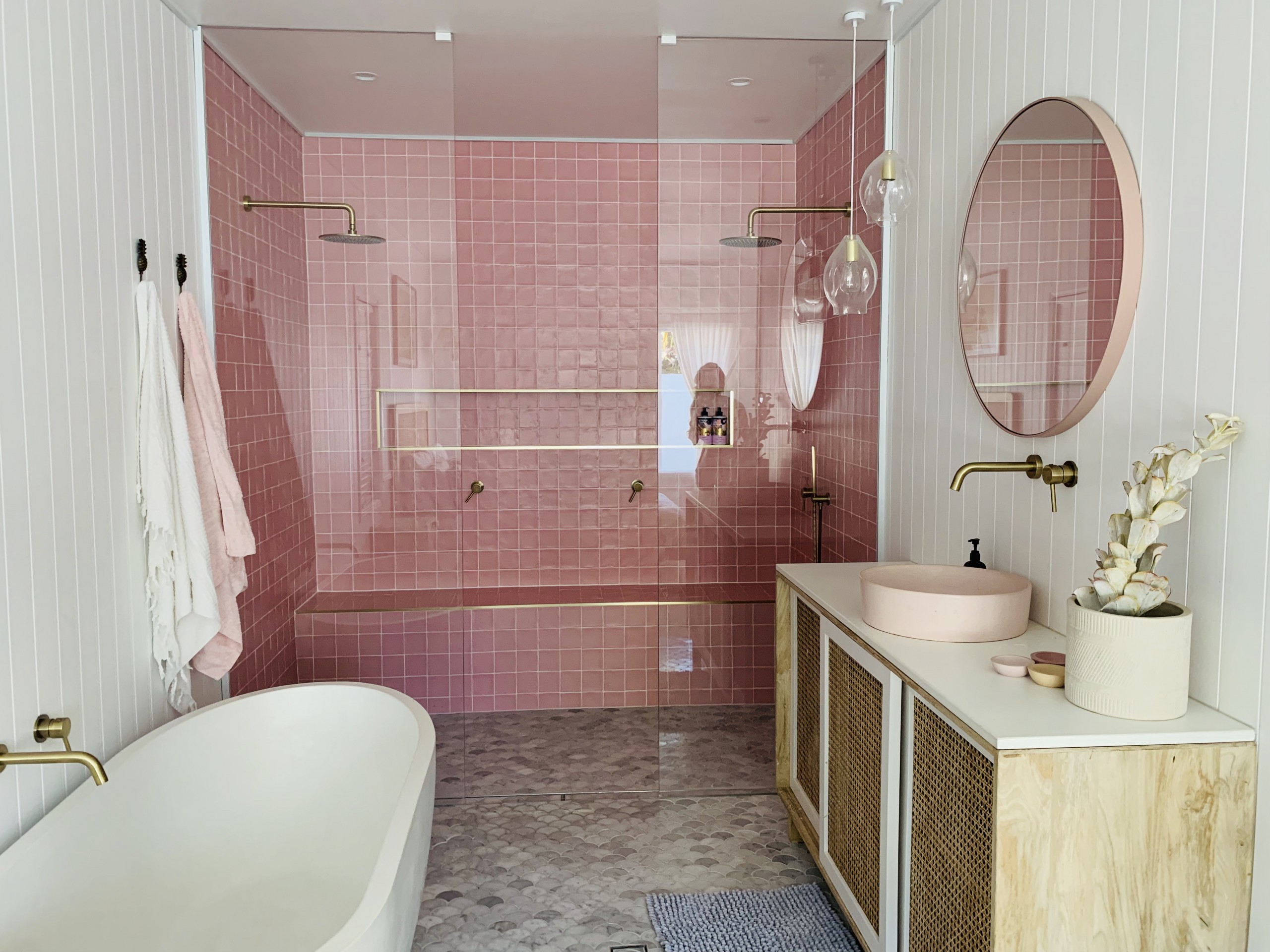
·
Bathroom Tip Wednesdays
Today we are going to talk about some simple ways to save energy costs in the bathroom. 1. Install energy star fixtures. These are designed to conserve energy. 2. Install LED light bulbs. Just replace any that are not LED. 3. Use warm or cold water while showering. The savings really add up over the…
-
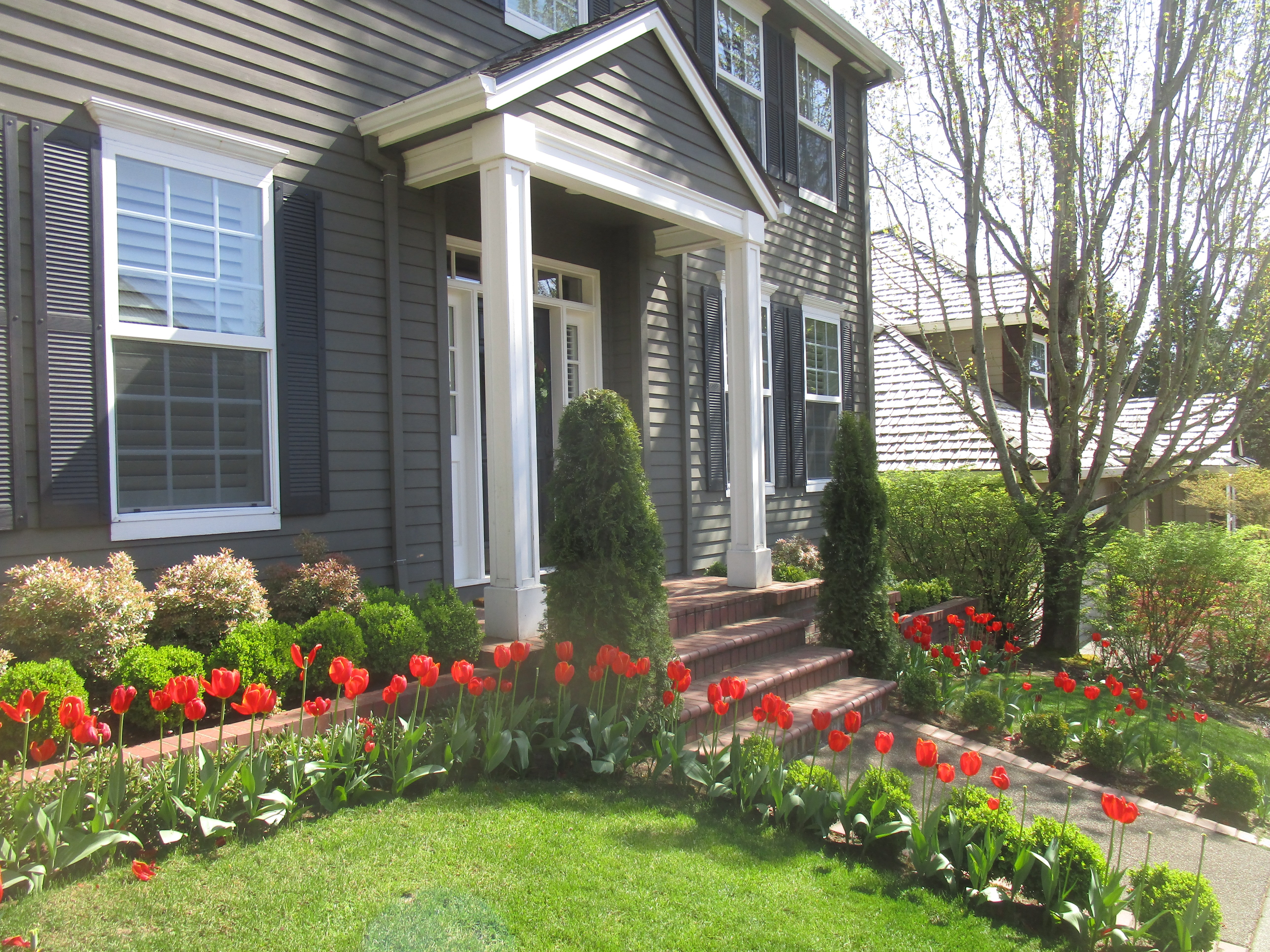
·
Windows Siding Tip Tuesdays
Today we are going to talk about the different types of home siding. You can get siding in several different types of materials and these are: – Wood Siding – Vinyl Siding – Fiber Cement Siding like James Hardie Siding – Brick Siding – Stone Siding – Glass Siding – Metal Siding – Stucco Siding…
-
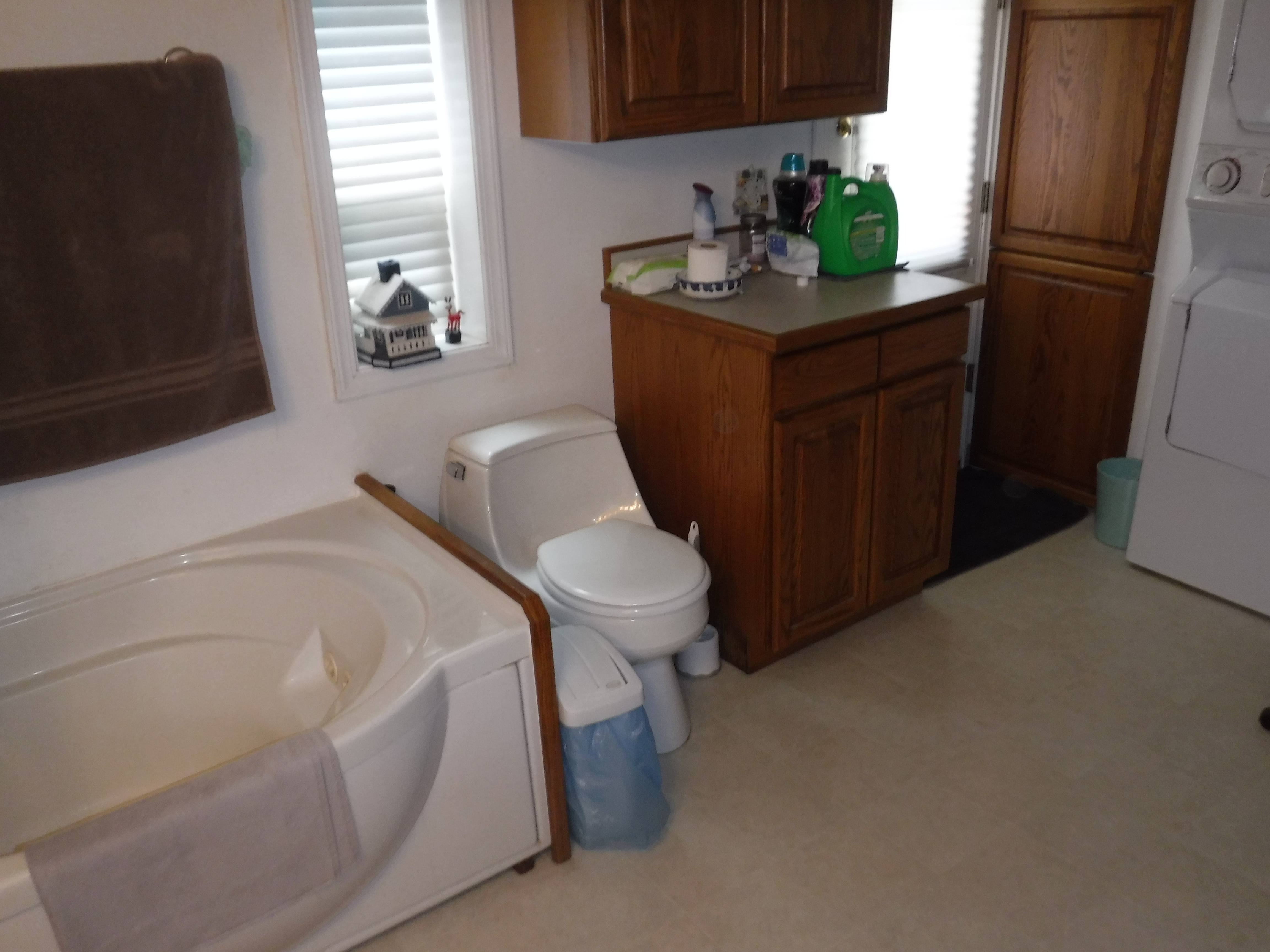
·
Bathroom Tip Wednesdays
What are the different flooring options that are the best for your bathroom. These are in no specific order: – Natural Stone Tiles – Hardwood – Ceramic or Porcelain Tile – Cork – Vinyl We Love the look and feel of all of these and they make a great addition to any bathroom
-
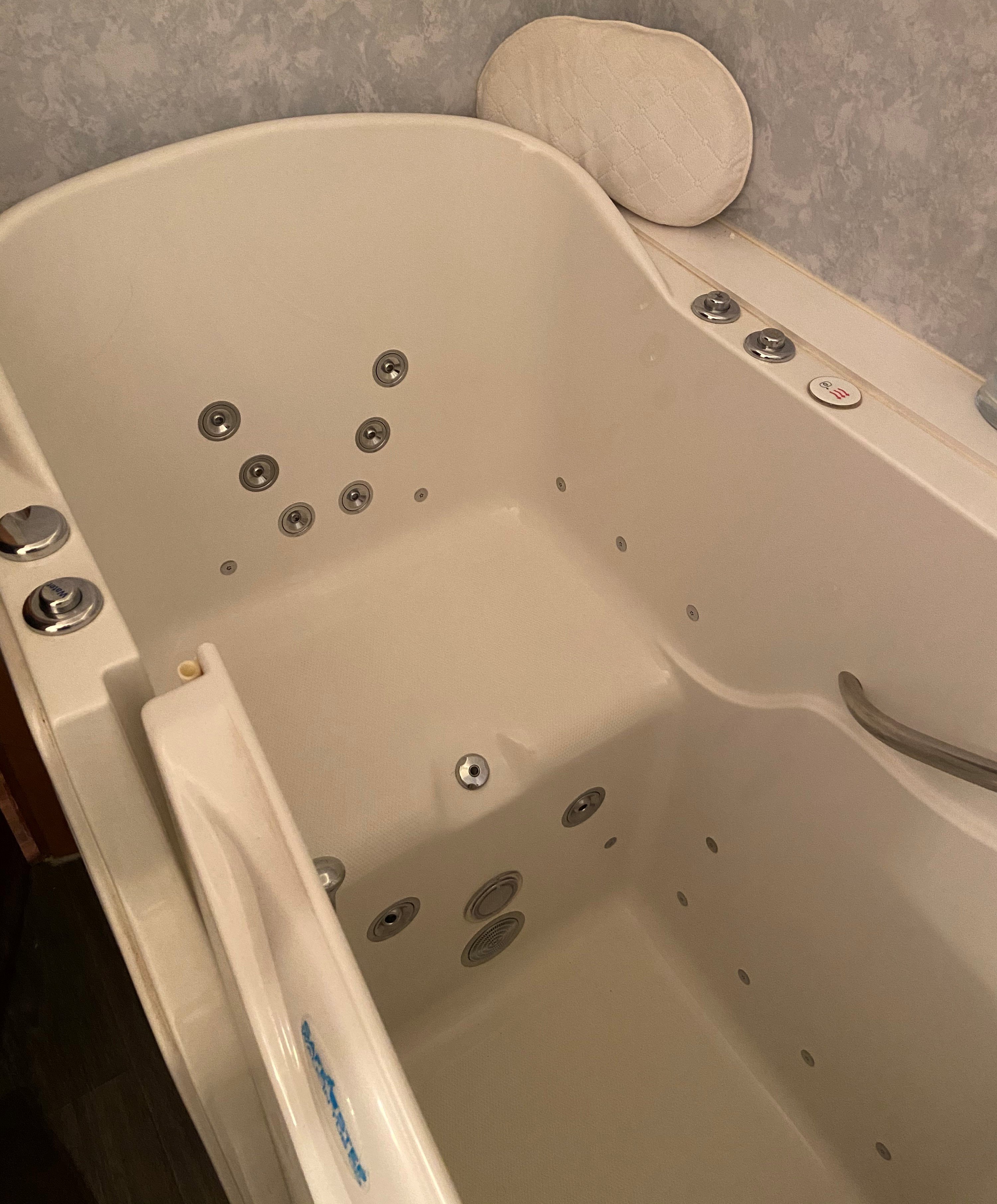
·
Bathroom Tip Wednesdays
What are the benefits of a walk-in tub? We have one of these installed in the house and it is awesome. Perfect if you don’t like to climb over the tub wall. It also has jets and a heated seat. These are ideal for elderly as well. The model that we have has jets and…
-
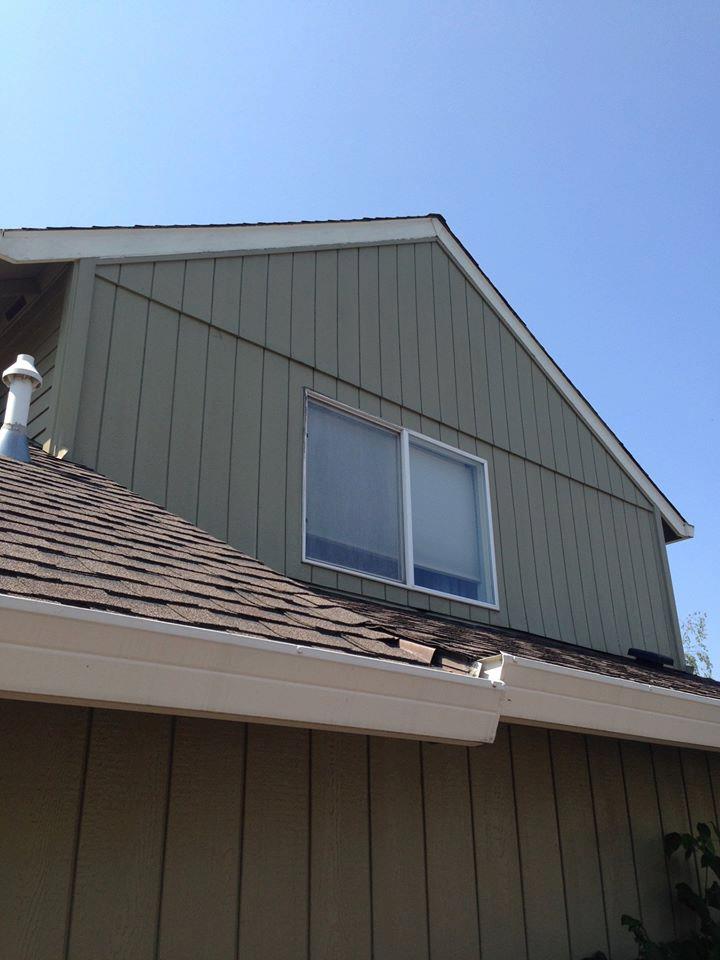
·
Windows Siding Tip Tuesdays
We Highly Recommend getting an energy audit of any windows that you have around the home. Under insulated windows account for more than 70% of heating loss in homes. Double and Triple pane windows can help immensely with these type of energy loss. Call us today and we can get out to inspect your windows…
-
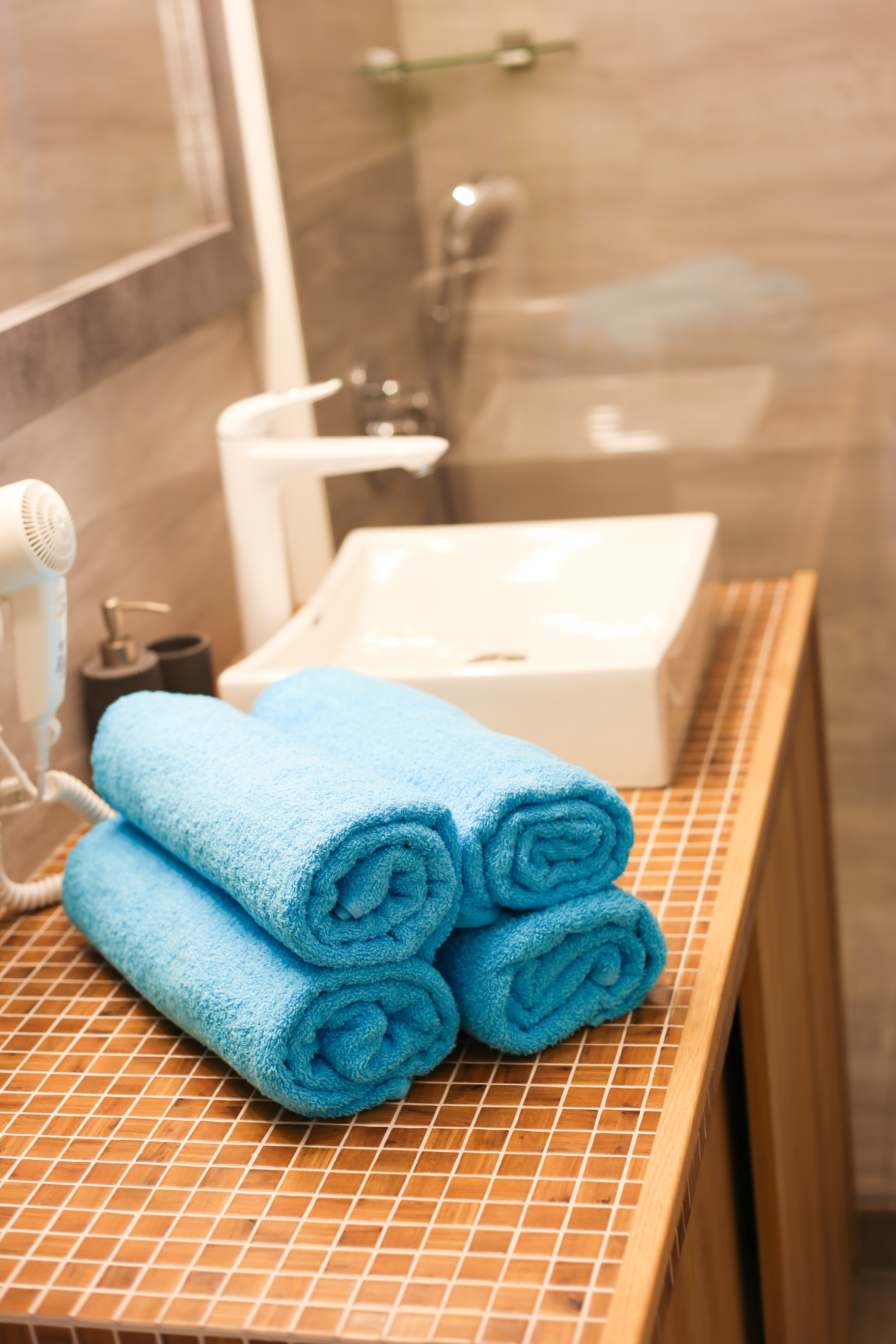
·
Bathroom Tip Wednesdays
Today we discuss great ways to do very simple updates to your bathroom on a budget. One way to make a very simple change to the bathroom is to upgrade your current tiles. If painting the tiles or grout repair does not work, you can replace tile in small sections. maybe around the sink or…
-

·
Windows Siding Tip Tuesdays
Today we are going to talk about the different types of Hardie siding. This is from the website, “Re-siding with fiber cement is a smart investment in your home. Even smarter: Choosing fiber cement siding and trim from the industry leader, James Hardie.” They really have a large selection of styles and colors and these…
-
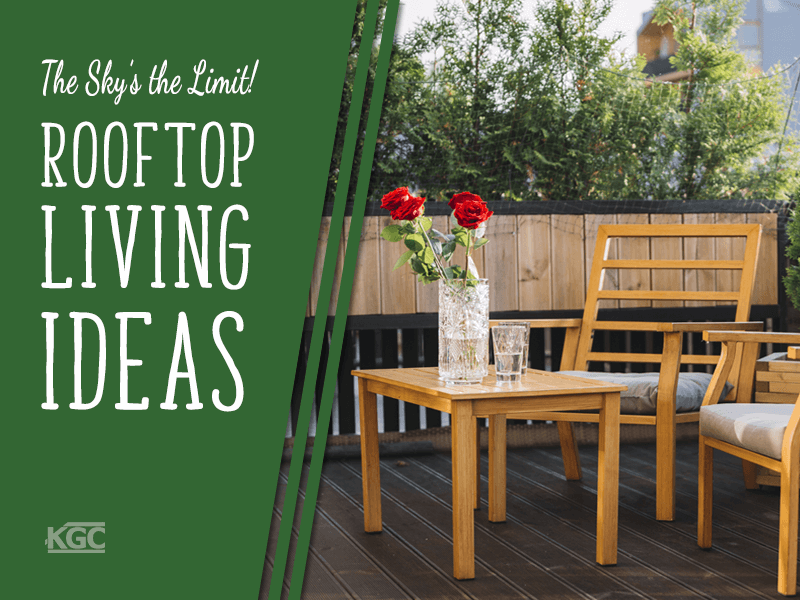
·
The Sky’s the Limit: Rooftop Living Ideas
Rooftop living ideas: get inspired with these ideas and build a rooftop deck for barbecues and evening get-togethers that will really stand out
-
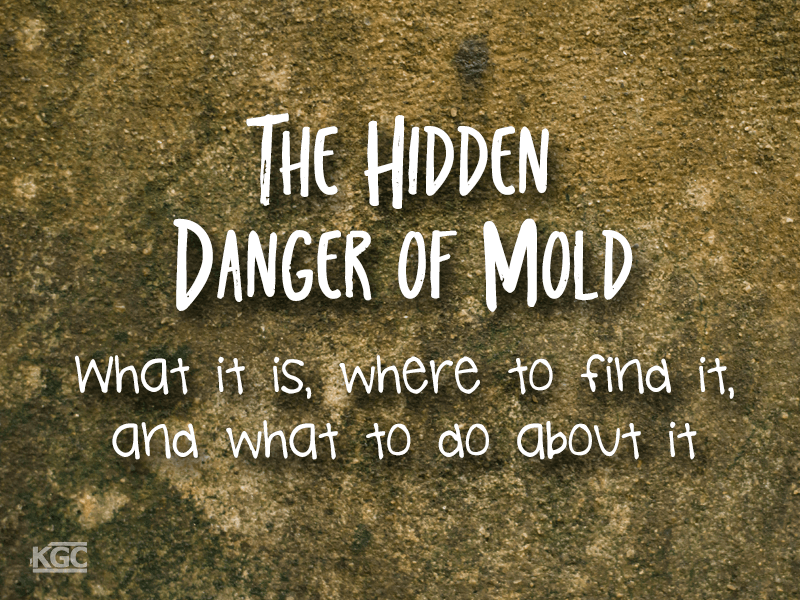
·
The hidden danger of mold: what it is, where to find it, and what to do about it
Mold in your home is unsightly and can cause health issues. Find out how to prevent mold infestation and keep your health and home strong and healthy.
